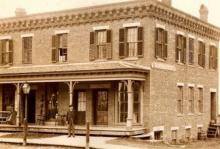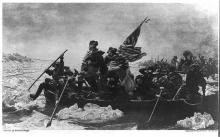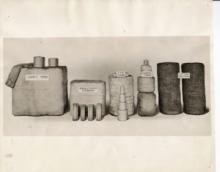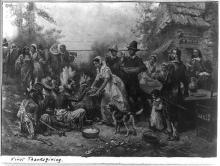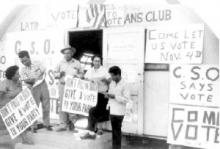Teachers Matt Brown and Ann Pember first posted these ideas as part of the 2012 Emerging America Library of Congress Teaching with Primary Sources Training of Trainers program.
Motivating Students to Question Sources
Early on, I provide the documents, and I set the questions. But eventually, I like students to choose their own documents for projects. I also like the documents to become part of the product itself. That gets students to ask, "Can I use this document to express a historical truth? How can it help me develop a narrative or theme in my product?"

